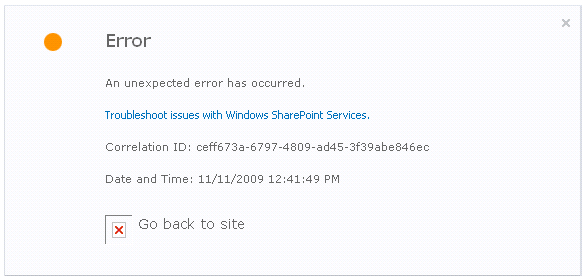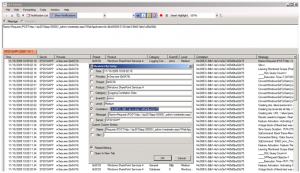I’ve been meaning to post this for a while. Sorry about the long delay. The holidays kind of took over for a bit and I lost track of this mostly-completed post in my drafts.
Anyway… In early December I attended a virtual SharePoint 2010 IT-Pro Ignite training that coincided with a physical session in Bangalore. For those who aren’t aware, Microsoft offered a limited number of these slots to select partners, with IT Pro and Developer tracks. This is approximately 40 hours of training provided by Microsoft free of charge (for the physical sessions, travel and accommodation need to be provided by the student). Note: none of this is under NDA. There were additional Virtual Ignite slots made available to a wider audience in early 2010, but I’m not certain what availability of those slots is looking like now. We were told in the training that all of the collateral (or similar) will be made public by RTM.


You must be logged in to post a comment.